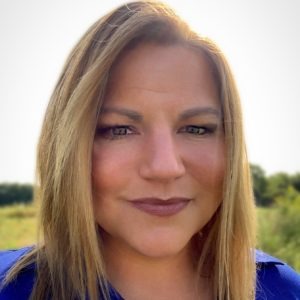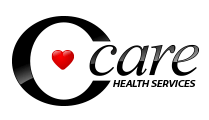Marketing Senior Care During the Pandemic, Part 2: How to Create the Ideal Marketing Funnel

Allison Wert, Marketing Manager, SmartBug Media
This is Part 2 of a two-part marketing series that highlights new best practices and techniques that facilities can use to boost marketing efforts and success. You can read Part 1 here.
The marketing funnel is an essential element of any senior care facility’s marketing plan. A marketing funnel refers to the customer journey from the point where they become aware of the facility all the way up to the point where they agree to purchase services.
A good funnel encompasses multiple stages, marketing efforts, and actions that convert potential leads into clients, but designing an effective funnel isn’t always easy. Whether your facility is building a new funnel or revising your existing one, these tips can help you to get the most out of your marketing efforts.
Build the Funnel With Your Audience in Mind
It’s essential to consider your audience when building your marketing funnel. “Any funnel strategy needs to be grounded in empathy and understanding of what the audience needs,” explains Allison Wert, Marketing Manager at SmartBug Media. “Rather than focusing on the funnel first and the journey you want them to take towards a purchase, start with your audience.”
Wert poses the following questions about your audience:
- What information needs do they have right now?
- What are their biggest concerns, struggles, and barriers – and how can you help?
“When you approach the funnel this way, you will naturally create content and strategies that cover the full continuum of the funnel, but in a meaningful and relevant way,” she notes. “Make sure you have strategies in place to attract, engage and delight prospects and customers—whether they have never considered senior living, are just starting to investigate, or are far down the funnel.”
Focusing on what your audience is feeling right now can help you to find the right messaging, says Wert. “Are they concerned about COVID-19 outbreaks? Do they understand the difference between a life plan community and a nursing home? Are they struggling with social isolation? There’s no place for tone-deaf marketing—ever, but especially during a pandemic,” she says.
Careful testing and tracking consumer response to various messages can help you to identify how your audience feels. Wert also suggests soliciting sales feedback and conducting buyer personal interviews. “Sentiment may vary by region, demographic and more, so what works for one community may not work for another,” says Wert.
Establish Goals for Your Marketing Funnel
The pandemic has resulted in declining trust in senior care facilities, and this consideration needs to be the basis for your marketing funnel, explains Wert. “With senior living perceptions at a low (and the public often confusing what they read about nursing homes versus senior living communities), now is a critical time to focus on dispelling myths and changing perceptions at the top of the funnel.”
Wert suggests that facilities feature residents, especially those who have made the decision to move during the pandemic, to help change those public perceptions. “Video storytelling can be a powerful vehicle for showing (not telling) how the power of community living transcends pandemic fears,” says Wert.
She also suggests that top-of-the-funnel educational content, like blog posts, pillar pages, and direct mail, can help to change those perceptions by addressing the myths and realities of senior living. “It’s also important to offer middle- and bottom-of-the-funnel engagement opportunities that don’t require in-person interactions, like an engaging webinar program and virtual tours,” she says.
Establish Systems to Support the Funnel
Marketing funnels are only successful if leads receive the proper follow-ups and engagements to move them along into the next funnel stages, and your facility will need to have systems in place to ensure those actions take place. Wert recommends that a facility’s sales and marketing teams should align on appropriate follow-ups for prospects in each funnel stage.
“For example, teams may consider SQLs (sales qualified leads) to be those who have filled out a Contact Us or Schedule a Tour form, while MQLs (marketing qualified leads) are those downloading a content offer or subscribing to the blog,” she explains. “For SQLs, immediate contact with a community member is key. Marketing should ensure notifications are set up to get the lead to sales immediately, and both teams should agree upon a sales response time, since this can greatly impact conversion to opportunity rates.”
“For MQLs, marketing will likely choose to use automated lead nurtures to continue to qualify these contacts instead of passing them directly on to the sales team. It’s also important that sales is committed to updating the record and appropriate lifecycle stages in the CRM, and an integrated marketing automation system and CRM will ensure the most accurate reporting across the funnel.”
Any senior living facility can implement a sales funnel, but the facility’s existing marketing will affect where that funnel needs to begin. Wert recommends that facilities that don’t have a robust inbound marketing strategy in place start by developing that strategy. “Referral sites can be costly, and communities should look to build their presence on their own website with a strong content program and SEO tactics to organically attract the right prospects,” she says.
While developing and refining a marketing funnel takes time and effort, it’s an essential tool in keeping senior living facilities full, especially as you work to recover from the vacancies resulting from the pandemic. Making your marketing funnel a priority for your marketing team can provide you with one of your most valuable marketing and sales tools.

Paige Cerulli is a contributing writer to i Advance Senior Care.
Related Articles
Topics: Business Marketing Including Social Media and CRM , Facility management , Featured Articles











